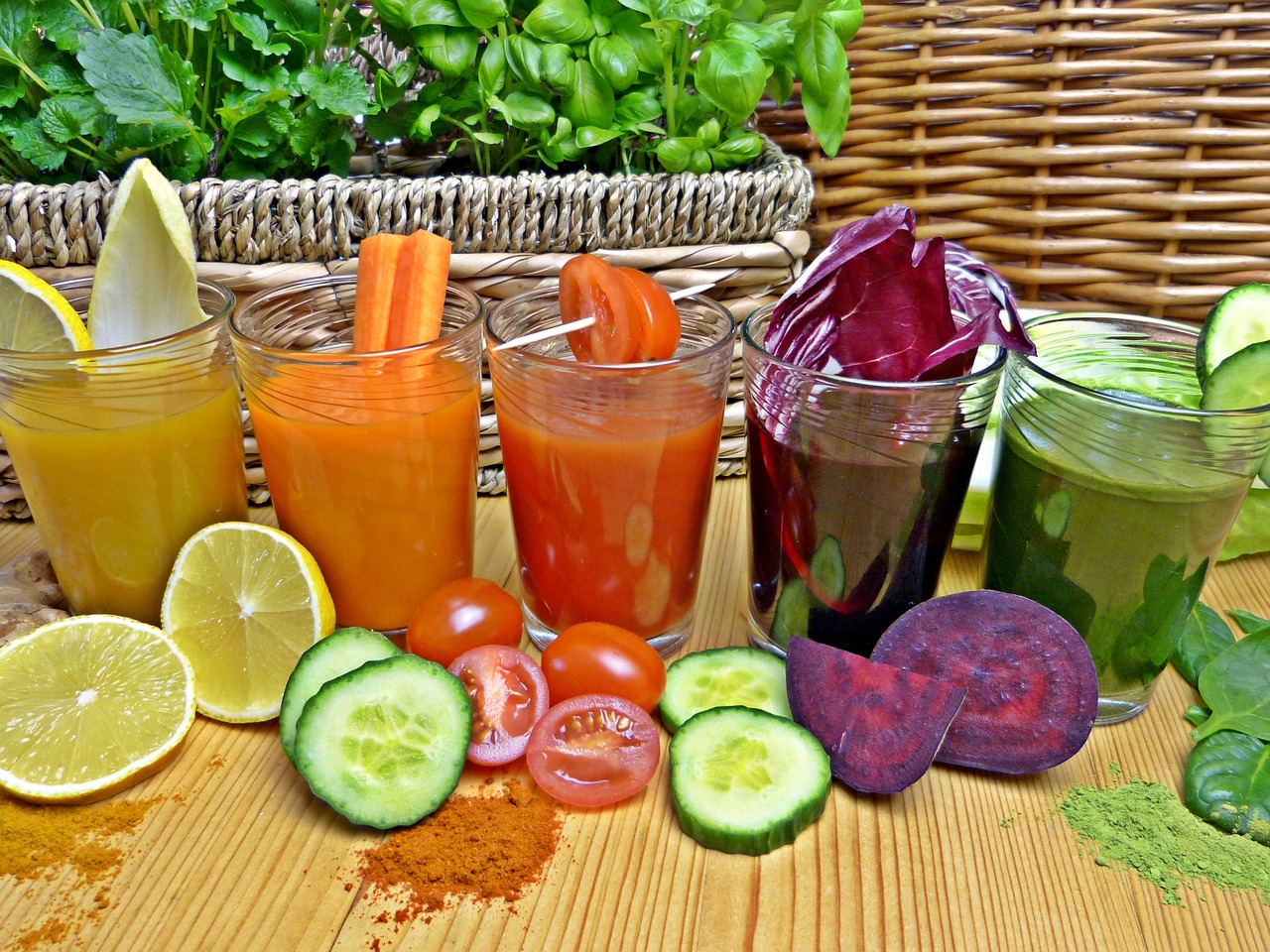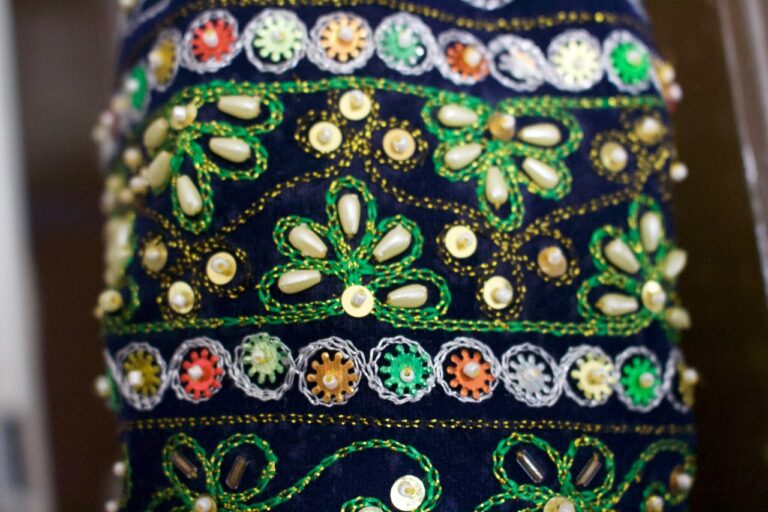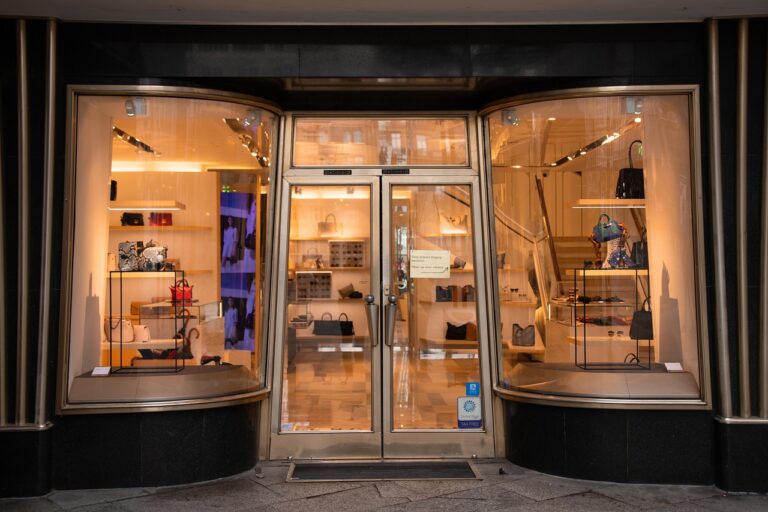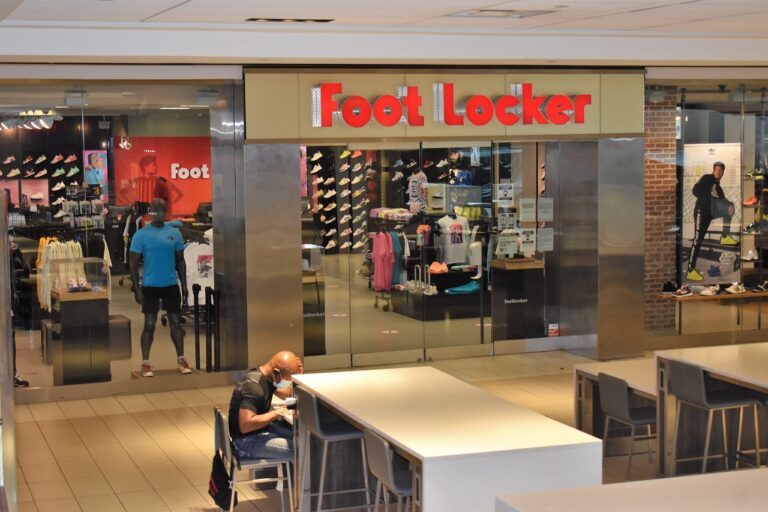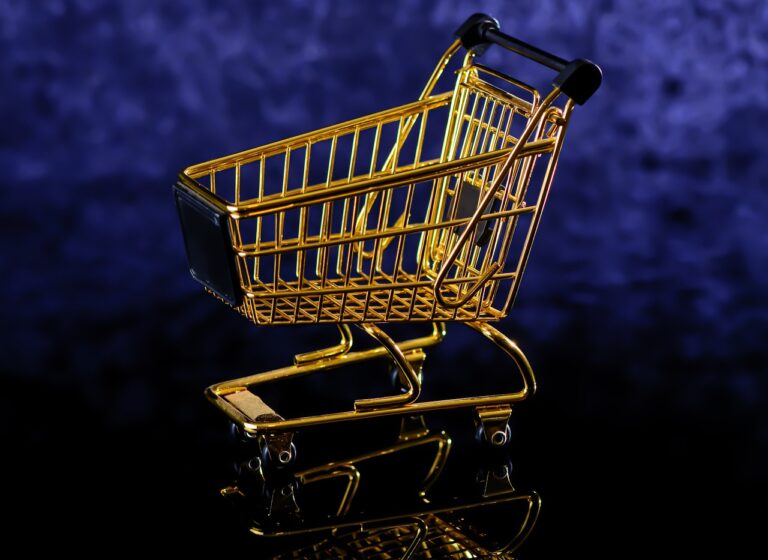The Future of Sustainable Packaging: Biodegradable Materials and Minimalist Design
Packaging plays a crucial role in preserving product quality and ensuring consumer safety, but current practices often give rise to environmental challenges. One of the primary issues lies in the excessive use of single-use plastics, which contribute significantly to pollution and harm ecosystems. The widespread reliance on non-biodegradable materials in packaging leaves a detrimental impact on the environment, with many packaging items ending up in landfills or oceans, posing a threat to marine life.
Moreover, the inefficiency in recycling processes further compounds the problem, as a significant portion of packaging material is not properly recycled or disposed of. Inadequate infrastructure for recycling facilities and the lack of standardized recycling guidelines exacerbate the issue, leading to additional waste accumulation. Additionally, the disposal of packaging waste through incineration releases harmful emissions into the atmosphere, contributing to air pollution and overall environmental degradation.
Benefits of Biodegradable Materials in Packaging
Biodegradable materials offer a sustainable alternative to traditional packaging methods. These materials have the ability to decompose naturally with the help of microorganisms, reducing the impact on the environment. By using biodegradable materials, companies can minimize the amount of waste produced and decrease their carbon footprint.
In addition to their eco-friendly properties, biodegradable materials also provide benefits in terms of consumer perception. More and more consumers are becoming environmentally conscious and are actively seeking products that align with their values. Packaging made from biodegradable materials can appeal to these consumers, helping companies enhance their brand image and attract a broader customer base.
Innovative Biodegradable Packaging Solutions
In the realm of sustainable packaging solutions, biodegradable materials are front and center as a promising alternative to traditional plastics. From corn starch-based containers to mushroom packaging, innovative thinkers are constantly exploring new ways to create packaging that breaks down harmlessly in the environment. Companies are investing in research and development to provide consumers with eco-friendly options that minimize the impact on the planet.
Furthermore, the use of biodegradable packaging solutions extends beyond reducing waste. These materials also offer benefits such as extended shelf life for products, as some biodegradable films have been found to enhance food preservation. This dual functionality showcases the potential for biodegradable packaging to not only benefit the environment but also improve the overall quality and longevity of packaged goods.
What are the challenges in current packaging practices?
Some of the challenges in current packaging practices include the use of non-biodegradable materials which contribute to environmental pollution, limited recycling options for certain types of packaging, and the high energy consumption and greenhouse gas emissions associated with producing traditional packaging materials.
What are the benefits of using biodegradable materials in packaging?
Using biodegradable materials in packaging can help reduce environmental pollution, minimize waste in landfills, and lower the carbon footprint of the packaging industry. Biodegradable materials also have the potential to be composted, providing a more sustainable end-of-life solution.
What are some innovative biodegradable packaging solutions?
Some innovative biodegradable packaging solutions include packaging made from compostable materials such as cornstarch, sugarcane bagasse, and bamboo fiber. Other solutions include edible packaging made from seaweed or rice paper, and packaging that dissolves in water for convenient disposal. These solutions help address the environmental impact of traditional packaging materials.

